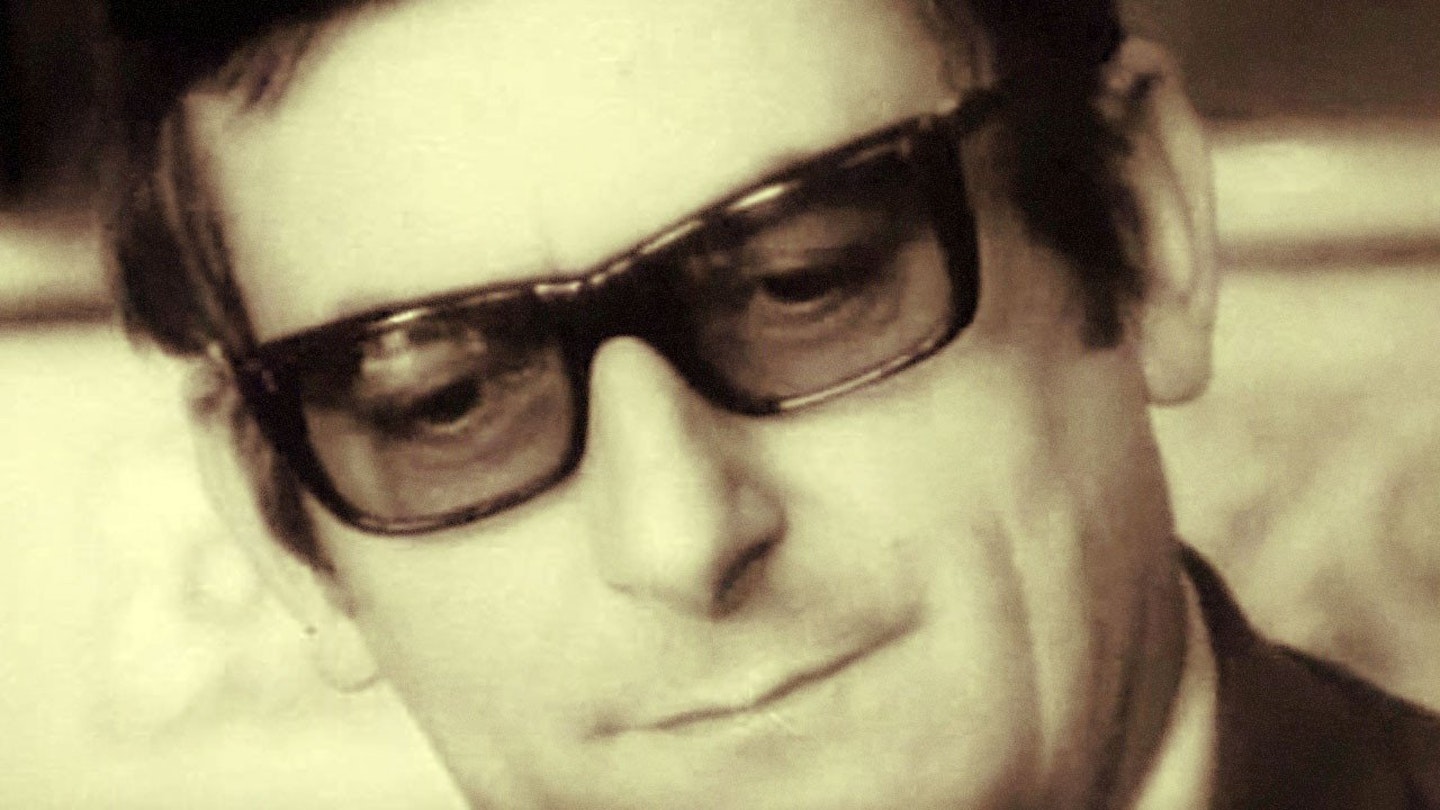Originally produced for French television in 1969, Marcel Ophuls's landmark documentary finally went on release in a small cinema in Paris's Latin Quarter two years later. It was certainly a film with an agenda, as its producers, Andrew Harris and Alain de Sédouy, had actively supported the Soixante-Huitards during the May Days of 1968 and they were determined to expose the resistancialism that had amended history to place Charles De Gaulle and his Free French at the heart of underground activity against both the occupying Nazis and Henri Pétain's Vichy regime.
But, while its revelations still have a shocking power, The Sorrow and the Pity's enduring effectiveness owes much to Ophuls's mastery of his material.
Everything about this extraordinary account of France's wartime experience is arranged by meticulous contrast. The town of Clermont-Ferrand itself was chosen as it was both close to Vichy and served as the centre of Maquis activity in the Auvergne. Personal testimonies were juxtaposed with contemporary newsreels, while prominent politicians and everyday citizens were encouraged to ponder both local incidents and their wider national context.
Expert and unreliable witnesses alike were given equal opportunity to testify, as they had all been in the crowds that had witnessed the respective arrivals of Pétain in 1940 and De Gaulle four years later. Consequently, French and Germans, aristocrats and peasants, intellectuals and workers, diplomats and spies, democrats and fascists were all invited to contribute to this demolition of the war's clichés and stereotypes in order to reveal that the population which endured the Nazi tyranny could not be divided so easily into resistors and collaborators as even those who lived through this traumatic time would like suppose or, indeed, would prefer those who came after to believe.
Ophuls's use of archive footage was exemplary. But the indelible moments were provided by such dismayingly unrepentant figures as Wehrmacht captain Helmut Tachsend and Charlemagne Division veteran Christian de la Mazière, whose arrogance contrasted sharply with the unassuming recollections of British agent Denis Rake, Maquis chief and Buchenwald survivor Louis Grave, and Jewish historian Claude Lévy. One of documentary cinema's genuine masterpieces and a touchstone for Woody Allen fans — it is the film that obsesses Alvy Singer in Annie Hall.
